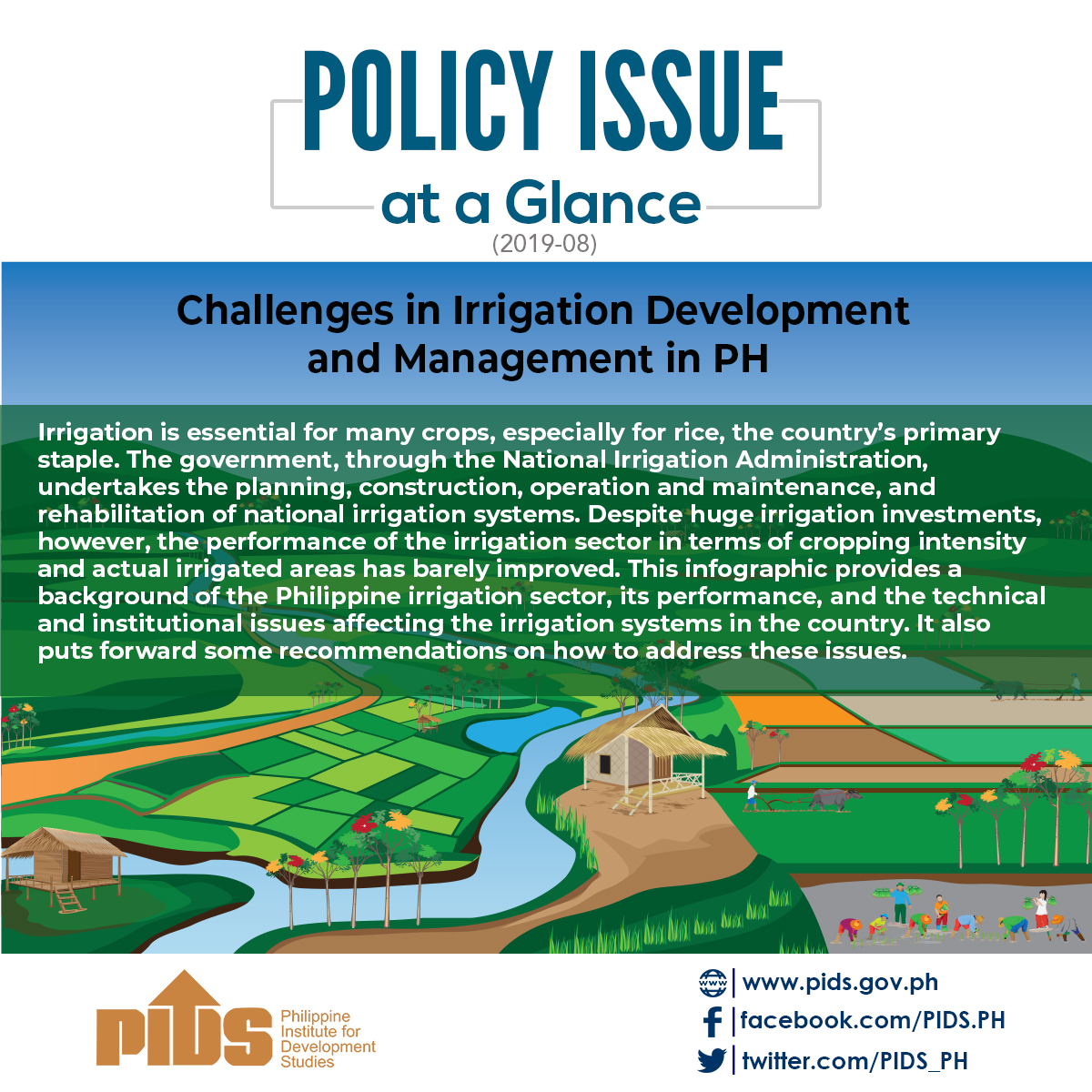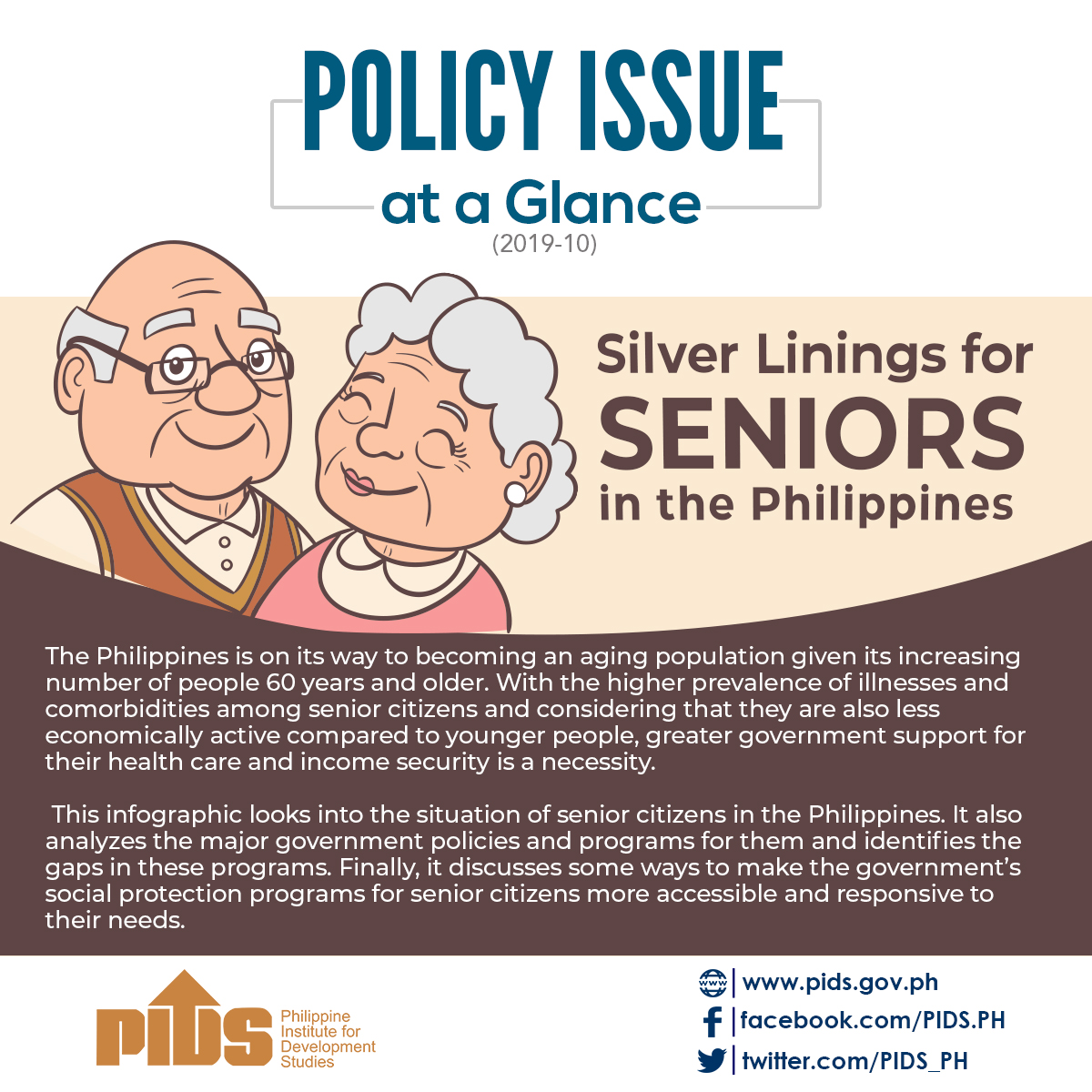State think-tank Philippine Institute for Development Studies expects the Philippine economy to expand by 6.6 percent this year, which is at the lower end of the government’s 6.5 to 7.5 percent growth target.
In a presentation yesterday, PIDS senior research fellow Adoracion Navarro said that the economy is seen to grow above 6 percent despite the risks ahead.
"Even with the likely increase in domestic interest rates due to the monetary tightening of the BSP and the end of the US’ quantitative easing, there is still sufficient slack in investments and wide room for productivity improvements,” Navarro said.
"Thus, we expect that these developments will not significantly dampen investor confidence,” she added.
However, the agency’s forecast for 2014 is slower than the 7.2 percent expansion in 2013, which was an election year.
PIDS said that capital formation was a significant factor in the economic performance in 2013, and is expected to have a lag effect.
"Investments as a domestic driver of growth will thus remain significant. Construction is likely to accelerate due to post-disaster reconstruction efforts, more aggressive infrastructure investments and the start of some public-private partnership projects,” the agency said.
PIDS said that the damage to agriculture and support infrastructure wrought by Super Typhoon Yolanda has a considerable effect on the growth potential of the affected region.
However, the typhoon’s overall negative impact on the agriculture sector’s performance in 2013 was minimal.
"The minimal contribution of the agricultural sector to value added growth in 2013 is projected to persist in 2014 because of low productivity and investments in that sector,” PIDS said.
PIDS said that inflation is likely to be slightly higher this year at 4 percent, and will be driven by higher food and electricity prices as low agricultural productivity continues and tight supply margins in the power grid remain.
"The depreciation of the peso could also push overall inflation up through its impact on imported inputs,” the agency said.
"Nevertheless, the projected inflation rate is still within the government’s 3 to 5 percent target,” it added.
The think tank said that the depreciation trend of the peso is expected to continue and will average P45 to a $1.
"The peso-dollar exchange rate will continue to be influenced by the tapering of the US monetary expansion. But its impact is expected to be moderate as investors have likely incorporated this expectation in advance into their investment decisions,” PIDS said.
"This increased competitiveness of the peso will have positive impacts on the exports sector,” it added.//












